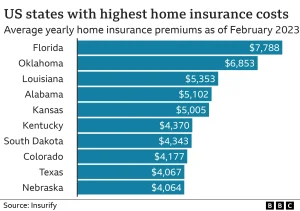
As a parent, you want your child to have every advantage possible. Saving for their future educational expenses is an essential step in achieving that goal.
Saving early can also help reduce student loan debt. The key is to start saving as soon as possible and maximize compound interest.
Set a Goal
If you want to save for your child’s future education expenses, setting a goal is essential. Doing this will give you insight into how much money needs to be set aside and also create an urgency around saving.
Saving is also a great way for your child to develop good financial management skills. Setting an achievable goal will motivate them to save and keep them on track when their interest wanes in their savings goals.
Once you’ve set a goal, it’s time to strategize how much money should be saved each month. To do this, create a family budget and compare your income against expenses.
Once you’ve done this, start saving for your child’s education by contributing money into a college savings fund or 529 plan. Depending on the account type, this may be tax-favored savings for them. You can also use a college savings calculator to estimate how much money will be needed.
Encourage Your Child to Save
Teaching your child financial responsibility is an integral part of setting them up for success in life. They’ll likely face many tough financial decisions throughout their lives, so it’s essential that you prepare them by teaching them how to make wise choices when the stakes are highest.
Children can begin learning about saving money even before they enter preschool or kindergarten. By explaining that they will need to save money for items like a Bluetooth karaoke system or cool Air Hog drone, parents can help their child appreciate the value of delayed gratification and instill good savings habits from an early age.
It’s also beneficial for them to write down what they spend each day and add up their total at the end of the week. This can provide them with a valuable learning experience and may motivate them to alter their spending patterns.
Establish a College Savings Fund
Education expenses for a child can add up quickly, particularly if they attend a private college. Tuition, books, supplies and room and board are just some of the costs that come with attending college.
One of the best ways to save for your child’s college future is by setting up a college savings fund. There are various options available, such as 529 plans and pre-paid tuition plans.
529 plan funds differ from regular savings accounts in that they can grow tax-deferred and distributions are tax-exempt as long as they’re used for qualified education expenses. Additionally, 529 plan distributions are tax-free when used for qualified educational expenses.
Another type of tax-favored account is a custodial savings account, also referred to as either an Uniform Gift to Minors Account (UGMA) or Uniform Transfer to Minors Account (UTMA). With this type of account, you retain control until your child turns 21, when they will gain full authority and be able to manage the money as desired. Nonetheless, there are limits on the amount you can contribute into such an account.
Open a 529 Plan
A 529 plan is one of the best ways to save for a child’s future educational expenses. It offers tax advantages, with contributions that grow tax-exempt.
Anyone — such as grandparents, aunts and uncles, godparents and friends — can open a 529 account for someone they care about and invest in it to help pay for college. However, it’s essential to consider the fees and performance of each plan before opening an account.
Once your account is established, you can make regular contributions or set up automatic deposits that increase by a fixed percentage each month. If your contributions exceed the state’s contribution limit of $80,000 annually (or $160,000 for couples), then you have the option to “superfund” your account by donating an additional $80,000 per year.
Withdrawals from a 529 plan are tax-exempt as long as they’re used for qualified education expenses. This could include tuition, room and board, books, supplies and other items needed at either private or public school. You may also use funds to cover other costs like vocational schools or apprenticeship programs.








